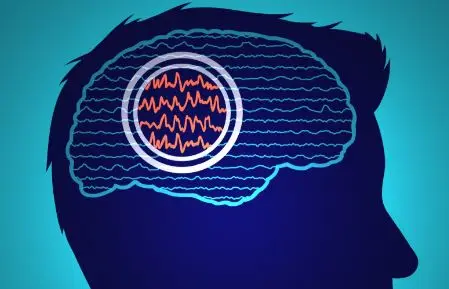Revolutionary 3D-Printed Brain Tissue Mimics Human Function
February 14, 2024
Article published by Neuroscience News
A team of University of Wisconsin-Madison scientists has developed the first 3D-printed brain tissue that can grow and function like typical brain tissue. Instead of using a traditional 3D-printing approach, stacking layers of cells vertically, the researchers went horizontally. Using this method, the cells are laid next to each other like pencils laid next to each other on a tabletop. The brain cells communicate, send signals, interact with each other through neurotransmitters, and even form proper networks with support cells that were added to the printed tissue. “This could be a hugely powerful model to help us understand how brain cells and parts of the brain communicate in humans,” says Su-Chun Zhang, professor of neuroscience and neurology at UW–Madison’s Waisman Center. “It could change the way we look at stem cell biology, neuroscience, and the pathogenesis of many neurological and psychiatric disorders.”






